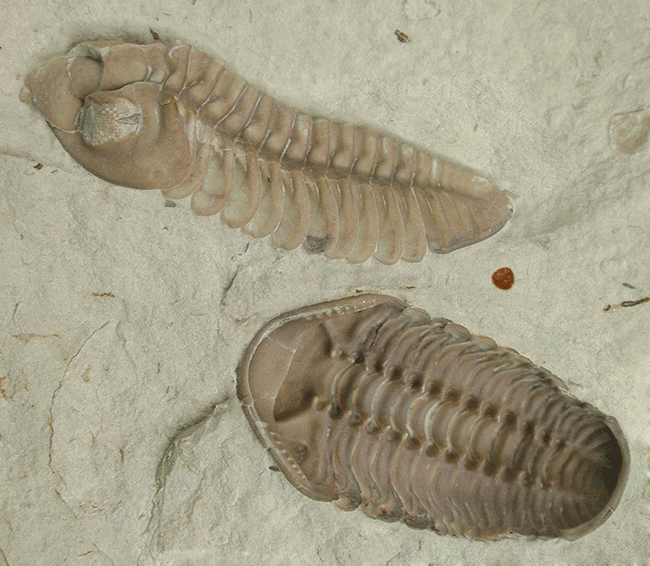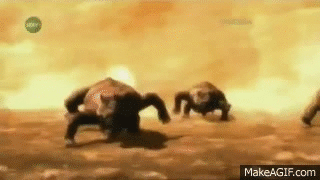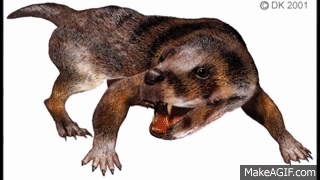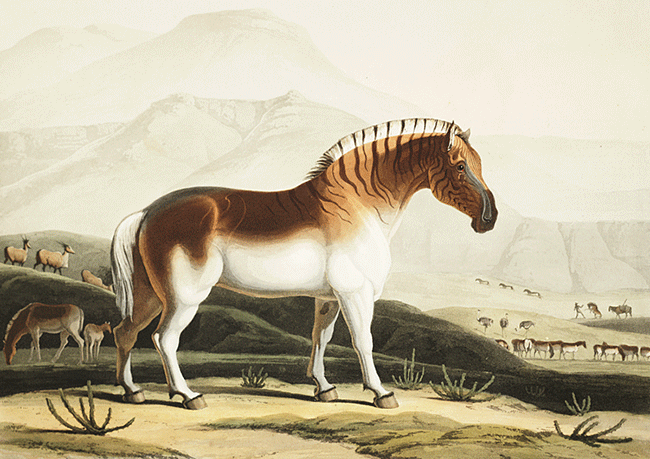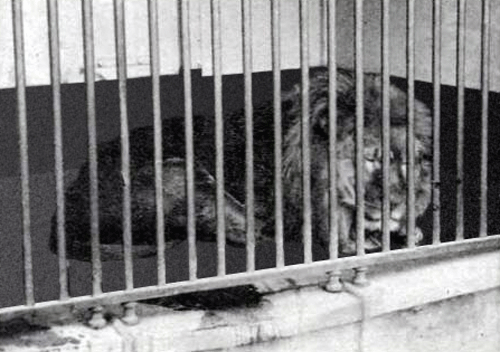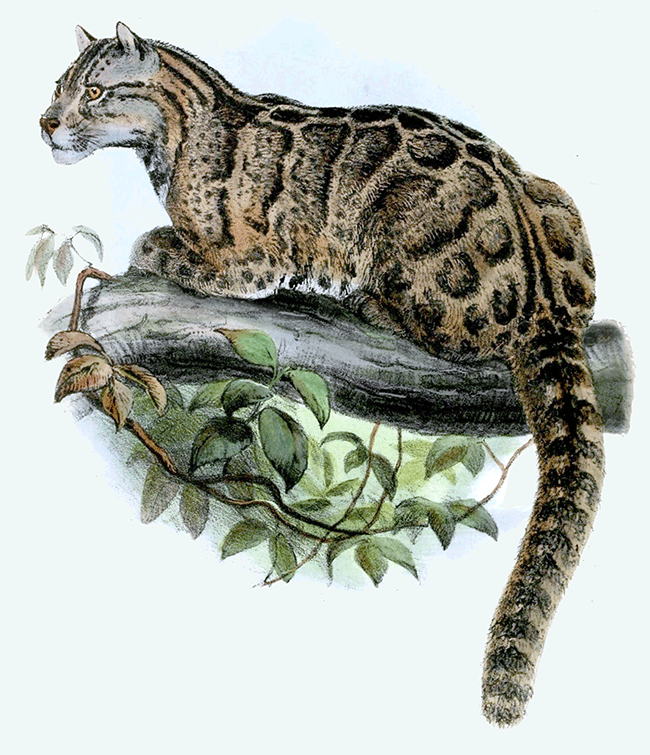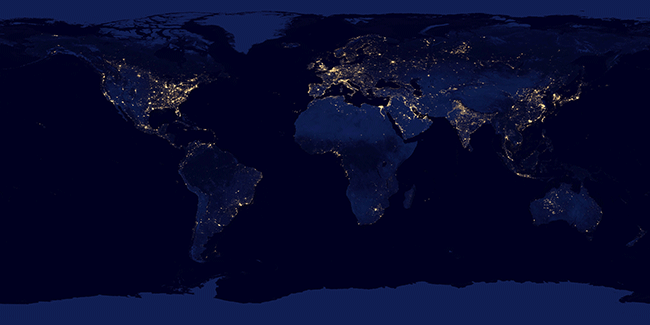The recent blowback after an American dentist by the name of Walter Palmer hunted and killed Cecil the Lion included a mass assault on every outlet connected with the hunter’s online presence. Users flocked to the Yelp page of Palmer’s dental practice, suggesting he receive a fate similar to the beloved lion, while others suggested that Palmer’s patrons contribute to illicit hunting activities.
But others still were less concerned with punishing the dentist, instead choosing to focus on an undeniable fact: It is largely because of human activity that animals like Cecil are coming face-to-face with extinction.
Over the past 21 years alone, the lion population has dropped by approximately 42 percent.
In a recently published study, an international group of scientists and researchers declared planet Earth to be experiencing its sixth mass extinction. That’s right, sixth. And while other extinctions have been attributed to things like asteroid impacts or supernovas, the findings of this report puts the blame squarely on the shoulders of humankind.
“Even under our assumptions, which would tend to minimize evidence of an incipient mass extinction, the average rate of vertebrate species loss over the last century is up to 100 times higher than the background rate,” the report’s abstract reads. According to an estimate used by the authors, approximately two mammal extinctions occurred per 10,000 species per 100 years. Following this rate (which happens to be twice as high as widely used previous estimates), the report’s authors write that the number of species to have gone extinct in the last century would have taken somewhere between 800 and 10,000 years to disappear.
“These estimates reveal an exceptionally rapid loss of biodiversity over the last few centuries, indicating that a sixth mass extinction is already under way,” the report reads. “Averting a dramatic decay of biodiversity and the subsequent loss of ecosystem services is still possible through intensified conservation efforts, but that window of opportunity is rapidly closing.”
In memoriam of the species lost, we’ve compiled a GIF-fueled guide to the planet’s five periods of mass extinctions, along with an ode to the recently extinct and a rundown of some of the species we’re at stake of losing if drastic measures aren’t taken.
Our fair planet has experienced five recognized mass extinctions thus far. The first, the Ordovician-Silurian mass extinction, occurred around 440 million years ago, and though it didn’t manage to wipe out any one species entirely, it eliminated somewhere between 82-to-88 percent of the planet’s sea life.
When the Late Devonian mass extinction occurred some 90 million years later, about three quarters of Earth’s species became extinct, including armored fish like ostracoderms and placoderms. Reef ecosystems ceased to exist for the next 100 million years.
The Permian mass extinction, which took place some 248 million years ago, eliminated up to 96 percent of all marine species, earning it the super-depressing nickname the Great Dying. As a result, Earth lost some two-dozen families of eurypterids.
About 48 million years later, the End-Triassic mass extinction’s climate change and asteroid impacts took out half of the Earth’s species, including the mammal-like reptile, thrinaxodon, in as little as 10,000 years (it may not seem like it, but that’s really not a lot in extinction-years).
The End-Triassic mass extinction brought rise to the dinosaurs, which thrived until the End-Cretaceous mass extinction some 66 million years ago. That extinction saw an end to the reign of majestic beasts like the mosasaur and Plesiosauria.
Extinction didn’t end with the dinosaurs. Since 1500, Earth has seen a loss of at least 77 species of mammals, 140 types of birds, and 34 amphibians. The quagga, a subspecies of plains zebras that once roamed South Africa, disappeared in the late 1800s.
The Cape lion, once a native of South Africa’s Cape and the second-largest and heaviest of the lion subspecies, is said to have disappeared quickly following contact with American dentists. It is believed that Dutch and English settlers hunted it into extinction.
The Formosan clouded leopard, once Taiwan’s second-largest carnivore, saw most of its habitat eliminated due to extensive logging. According to a 1986 interview survey conducted among 70 indigenous hunters, the last confirmed sighting of a Formosan clouded leopard occurred in the Tawu Mountain area in 1983. A 2007 dissertation by Po-Jen Chiang revealed that, in more than 13,000 nights using camera traps between 2000 and 2004, not a single instance of the clouded leopard appeared.
Though humans are considered largely to blame for the mass extinction of the past several-hundred years, that doesn’t mean we’re exempt from the same fate brought about by human activity: “If it is allowed to continue, life would take many millions of years to recover, and our species itself would likely disappear early on,” said lead author of the report, Gerardo Ceballos of the Universidad Autónoma de México.
What’s that someone once said about the hunters becoming the hunted?
Photo via GeoBeats News/YouTube


